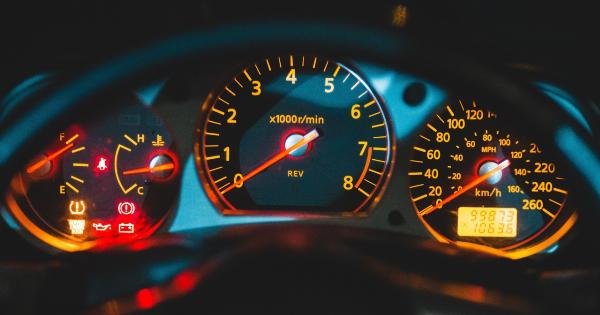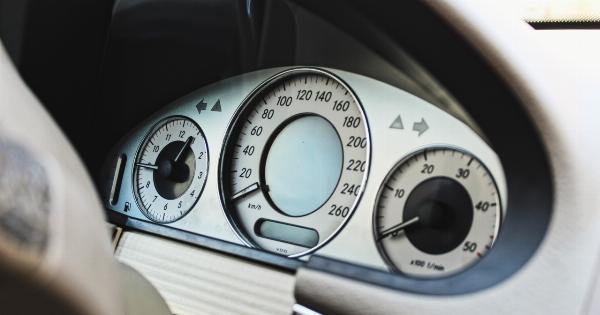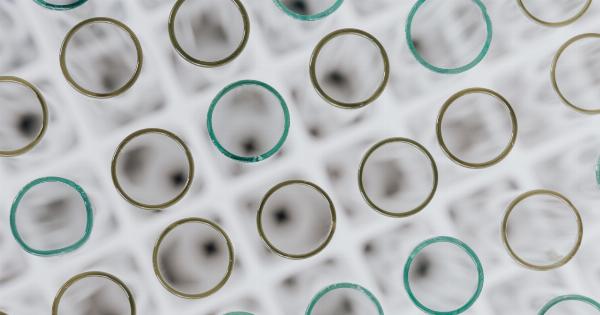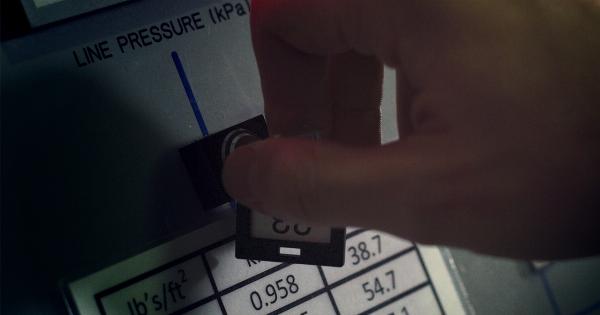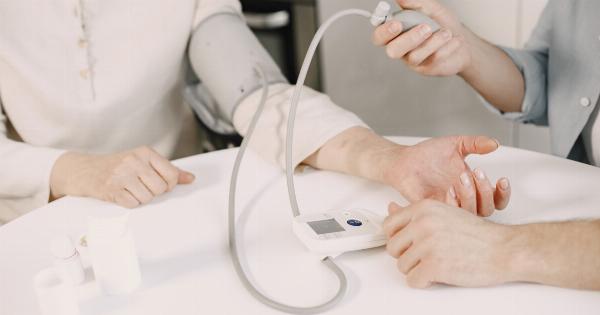Pressure measurement is a crucial aspect in various industries and research fields. From monitoring tire pressure to controlling processes in manufacturing plants, pressure measurement plays a vital role in ensuring safety, efficiency, and accuracy.
While many people are familiar with the basics of pressure measurement, there are several uncommon facts and principles that are worth exploring. In this article, we will delve into some lesser-known aspects of pressure measurement, shedding light on interesting concepts and emerging technologies in this field.
1. Absolute Pressure vs. Gauge Pressure
When it comes to pressure measurement, two common terms that often come up are absolute pressure and gauge pressure.
Absolute pressure refers to the measurement of pressure relative to absolute zero, while gauge pressure is the measurement of pressure relative to atmospheric pressure. While gauge pressure is more commonly used, particularly in industrial applications, understanding the distinction between these two concepts is crucial for accurate pressure measurement.
2. Atmospheric Pressure Variations
While atmospheric pressure is often considered to be constant, it actually varies depending on altitude and weather conditions. At sea level, the average atmospheric pressure is around 14.7 pounds per square inch (psi).
However, as you move to higher altitudes, atmospheric pressure decreases, which can affect pressure measurements. It is important to consider and compensate for these variations in certain applications, especially when high altitude or extreme weather conditions are involved.
3. Deadweight Testers
Deadweight testers are precision instruments used for calibration in pressure measurement. They rely on the principle of balancing a known mass with the pressure applied to a piston-cylinder combination.
By precisely calculating the relationship between the mass and pressure, deadweight testers can provide highly accurate calibration for pressure gauges. These instruments are commonly used in laboratories and calibration facilities.
4. The Piezoelectric Effect
The piezoelectric effect is a fascinating phenomenon where certain materials generate an electrical charge when subjected to mechanical stress. This effect is widely utilized in pressure measurement devices such as piezoelectric pressure sensors.
When pressure is applied to these sensors, the mechanical stress produces an electrical charge, which can be measured and converted into a pressure reading. The piezoelectric effect allows for high sensitivity and rapid response in pressure measurement.
5. Digital Pressure Gauges
While traditional analog pressure gauges are commonplace, digital pressure gauges offer several advantages. Digital gauges provide a direct numeric reading, eliminating the need for manual interpretation of analog dial indicators.
They often have built-in features such as peak pressure memory, data logging, and digital communication interfaces for data transfer and analysis. Digital pressure gauges are becoming increasingly popular for their convenience and advanced functionalities.
6. Pressure Mapping Technology
Pressure mapping technology employs an array of sensors to visualize and analyze pressure distribution on a surface. This technology is particularly useful in applications such as ergonomic studies, medical diagnostics, and product testing.
By capturing and analyzing pressure data, pressure mapping systems can help optimize designs, identify abnormal pressure distribution, and improve product performance and comfort.
7. Non-Invasive Pressure Measurement
Traditional pressure measurement methods require direct contact between the pressure sensor and the medium being measured. However, advancements in technology have led to the development of non-invasive pressure measurement techniques.
These methods utilize ultrasound or optical principles to indirectly measure pressure without physical contact. Non-invasive pressure measurement is advantageous in scenarios where direct contact may not be feasible or could introduce contamination or other risks.
8. Pressure Measurement in Vacuum
Measuring pressure in a vacuum can be challenging due to the extremely low pressure levels involved. Standard pressure sensors may not be suitable for these applications, as they have limited accuracy and range.
To overcome these limitations, specialized vacuum gauges, such as ionization gauges and Pirani gauges, are used. These gauges employ unique measurement principles to accurately measure pressure in a vacuum environment.
9. Ultrahigh Pressure Measurement
While most pressure measurement applications operate within the range of a few thousand psi, some industries require measurement capabilities for ultrahigh pressures.
Ultrahigh pressure measurement typically refers to pressure levels exceeding 100,000 psi. Specialized pressure sensors and transducers, capable of withstanding extreme pressures, are utilized in these scenarios.
Industries such as oil and gas, aerospace, and high-pressure testing rely on ultrahigh pressure measurement for critical safety and performance evaluations.
10. Emerging Technologies in Pressure Measurement
The field of pressure measurement is continuously evolving, with emerging technologies offering new possibilities and enhancements.
Microelectromechanical systems (MEMS) pressure sensors, for example, provide miniaturized and highly sensitive pressure measurement capabilities. Fiber optic pressure sensors offer immunity to electromagnetic interference and can withstand harsh environments.
Furthermore, wireless and IoT-enabled pressure monitoring systems are revolutionizing industries by providing remote and real-time pressure data for improved monitoring and control.
Conclusion
Pressure measurement, although a well-established field, holds many lesser-known facts and principles.
Understanding the distinction between absolute pressure and gauge pressure, considering atmospheric pressure variations, exploring emerging technologies, and recognizing specialized measurement techniques are essential for accurate and efficient pressure measurement. By staying informed about these uncommon facets of pressure measurement, industries and researchers can make informed decisions, improve processes, and ensure safe and reliable operations.










